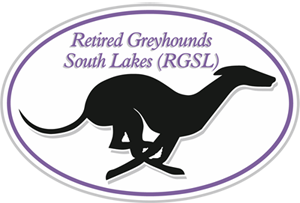Training Guidelines
To have and enjoy a well-behaved dog under control in a variety of situations you need to teach him a series of commands that are not too difficult but are clear, concise and consistent. You can never give your dog too much training and a trained dog is a happy dog because he knows his boundaries.
Imagine this scenario – you drive along a road each morning to work which has a 30 mph speed limit. You know exactly where you stand because if you drive under 30 you won't get into trouble but if you go over you have a chance of getting caught and reprimanded, because you've broken the rule. Imagine the speed limit varies daily - 30 one day, 40 another and 20 another. As you don't know what the speed limit is on which day because it changes constantly you take chances and drive at the speed you think you can get away with. This is because you don't know the boundary at which point you will be reprimanded so you take chances and go as fast as you dare. The same applies to a dog who isn't being trained and given constant guidance - you can never give your dog too much training - thus the old saying ‘a trained dog is a happy dog' because it knows your boundaries and because he wants to please he will be content because he knows the rules beyond which he knows he will be reprimanded, which he won't want.
A few guidelines to training:
1. Use where possible one or two word commands.
2. Your voice should reflect the nature of the command i.e. soft/nice or firm/strong.
3. Don't use the same word for more than one command (sit down, lie down, get down – use sit, down and off) otherwise the dog will become confused.
4. Praise good behaviour only.
5. If you have more than one dog the command should follow the dog's name to which the command is for.
6. If the command is for all dogs just use the command.
7. If your dog starts doing the command on his own never stop the command with just his name. You must say the command as well otherwise he will become confused when being given other commands later on.
8. Use treats for rewards as appropriate such as thinly sliced hot dog sausages, training treats from a pet shop or a lick from the end of a tube of soft cheese with ham in it.
9. Always be careful when using treats as rewards because if a positive action is immediately followed by a negative one, it’s easy for the dog to think the treat is for the latter (negative) action.
10. Always be consistent.
11. Never shout, hit or lose your patience because it can cause undesirable behavioural problems later on.
When training puppies it's important to remember, that like children puppies develop through stages towards adulthood. A puppy can be trained and will do very well until about 9 to 12 months old. Around this point they go through adolescence and suddenly, like our teenagers they go through a rebellious stage when they try to push the boundaries as far as they can. Suddenly all the good you've taught them earlier seems to go out the window. At this stage you need to remind your puppy that YOU are the pack leader and he does what YOU want him to do and NOT what he wants to do. If you feel your puppy is going through this stage then you need to take a step back and re-iterate the training you did with him when he was younger. This will help him through the adolescence phase.
As with all training try to avoid him failing and never end a training session with a failure.
At the end of the training session do something you know he can do and do that so the session ends with a success.
If you move from one training level to the next and he isn't ready because he hasn't fully understood what is required of him, he will fail the training. If this should happen take him back to the previous training level to reinforce his success. Continue a little longer then move him forward again. When he is ready he will move to the next phase easily.
